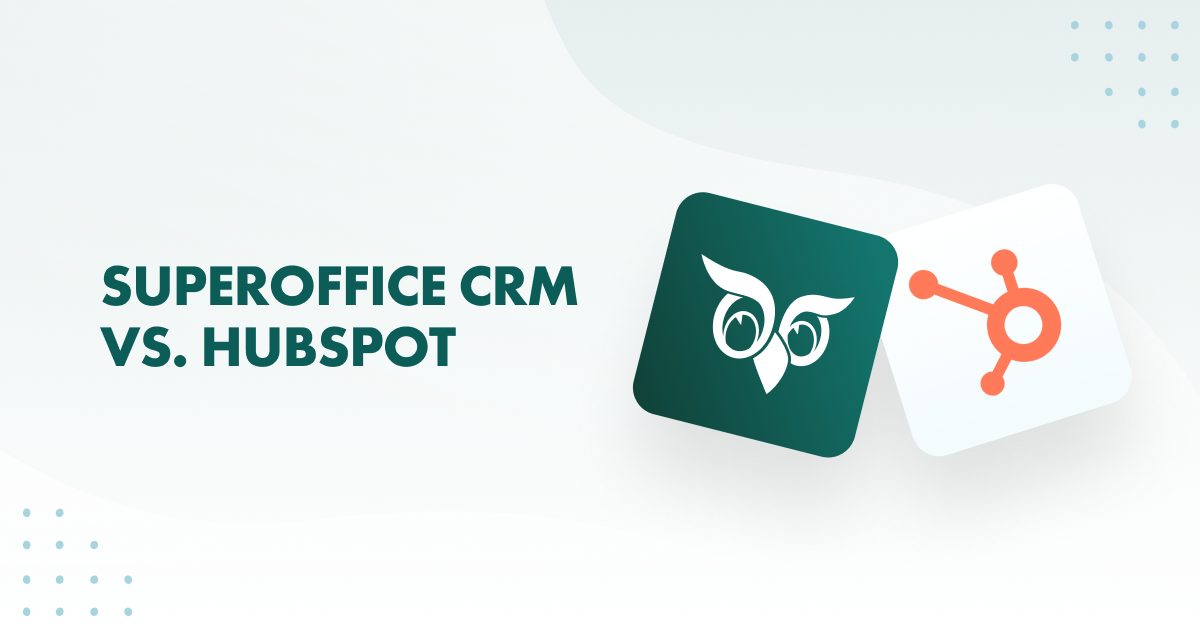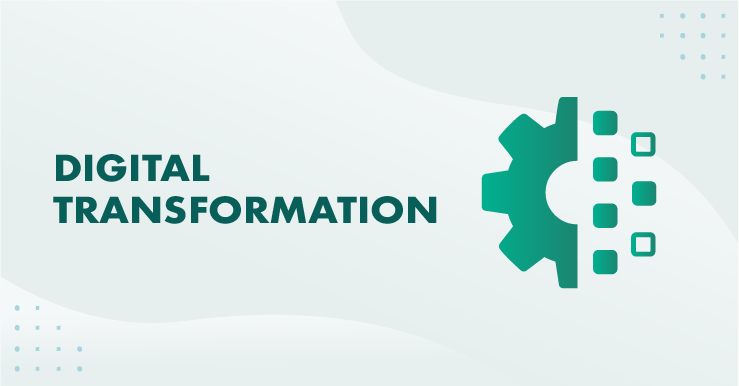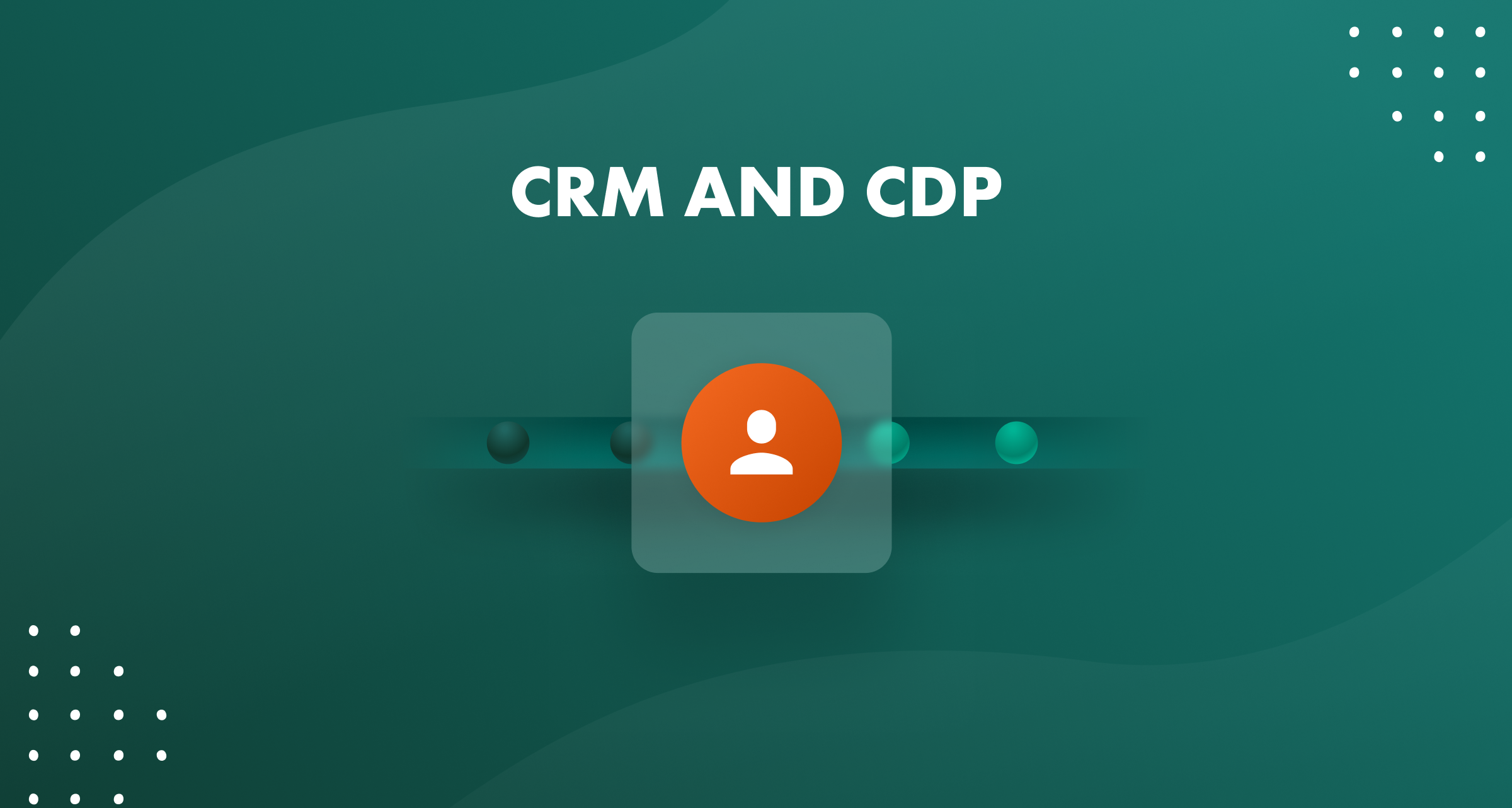From time to time I come across talks that inspires me, makes me think of my day-to-day routines a bit differently or just allows me to see the things I care about in a slightly new perspective. One of the TED talks that enlightened me was Sheena Iyengar and the way she talks about “How to make choosing easier”.
When Iyengar asks if I know how many choices I make a day, it struck me that I most likely really don’t pay attention. Am I really aware why I make the choices I make, why I choose to make the choices that I make and why I let myself be pushed into all the situations where I think I have to make choices?
I have to admit that I am not very observant when it comes to choosing, either personally or professionally. And based on that not so pleasant conclusion about myself, it becomes quite clear to me that being choosy about choosing has its clear upsides.
In a more perfect world, I think I actually would prefer to be faced with less alternatives, more well formulated options and clear focus on the upsides for me to make a choice.
As I work with CRM, where customer relationship management is the key, how can we learn something from Sheena Iyengar and her way of pointing out how choice overload reduces engagement, decision quality and satisfaction? If I for instance work with a sales process where I want to point out the clear upsides of choosing SuperOffice CRM Online, how should I formulate the arguments to make it easy for a potential customer to choose to become a loyal evangelist?
When you are faced with too many choices (choice overload), people actually delay to choose, or simply hurry up and “just choose something” even though it might not the best choice. And we even end up choosing the things that will make us less satisfied. Or worst of all, we choose not to choose.
We will actually choose against our own best interest…
So, how can we learn from this and “simply” make it easier for your potential customers to choose the service you are selling? According to Iyengar you can:
- Cut Less is more. In your sales pitch or marketing message, practice to explain the difference between this and that. If you cannot explain it or there simply is no real value in the difference, cut!
- Concretize Make it more real, exemplify pain and solutions and make people imagine the upside by choosing what you recommend.
- Categorize Everyone finds it is simpler to think in relevant categories. So, instead of showing everything your service can do, you can categorize features, functionalities and options.
- Condition for complexity Gradually increase complexity when presenting value and solutions. Start with less choices and then increase. Start off easy and teach the potential customer how to choose.
Lesson learned from this? I don’t work directly with sales… I don’t have to make the cold calls. It is easy for me to say “just focus on value when talking to prospects…”. Still, the areas pointed out by Iyengar are valid in all kinds of customer communication.
- Work to reduce the choice overload problem when communicating with leads, suspects, prospects and customers. This is just as important in a customer meeting as it is in a cold call, for marketing and for product development. It is even important when communicating with employees.
- Try not to enter the feature functionality discussion since this will increase the number of details in a choice. Rather try to focus on the value of solving their pains and needs.
- Listen to the customer and concretize. This might actually speed up the process and make it simpler for the customer to picture how they will use what you sell.
The key is to be choosy about choosing. Sometimes we need to be choosy on behalf of others.


